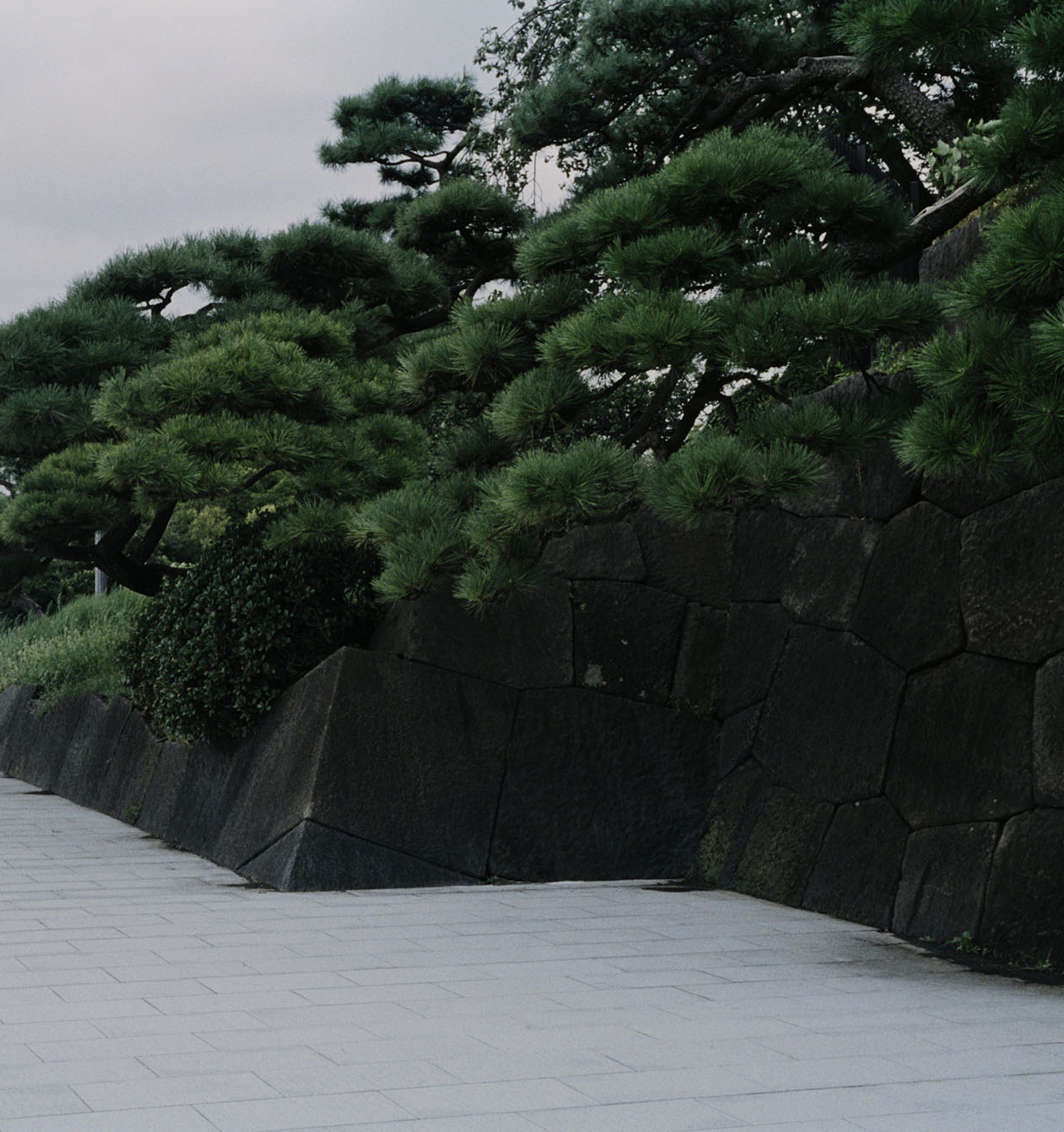DUO’S JOURNEY
Tokyo Kokyo Gaien National Garden
Every time I visit the Imperial Palace Plaza in the Kokyo Gaien, I am touched by it. It is a place where you feel a unique atmosphere. The vast square with only gravel and pine trees has the size of 109,900 square meters. The overwhelming vastness achieved by the excellent maintenance, in contrast with the buildings of Marunouchi, creates a comfortable atmosphere. It was completed in 1888.
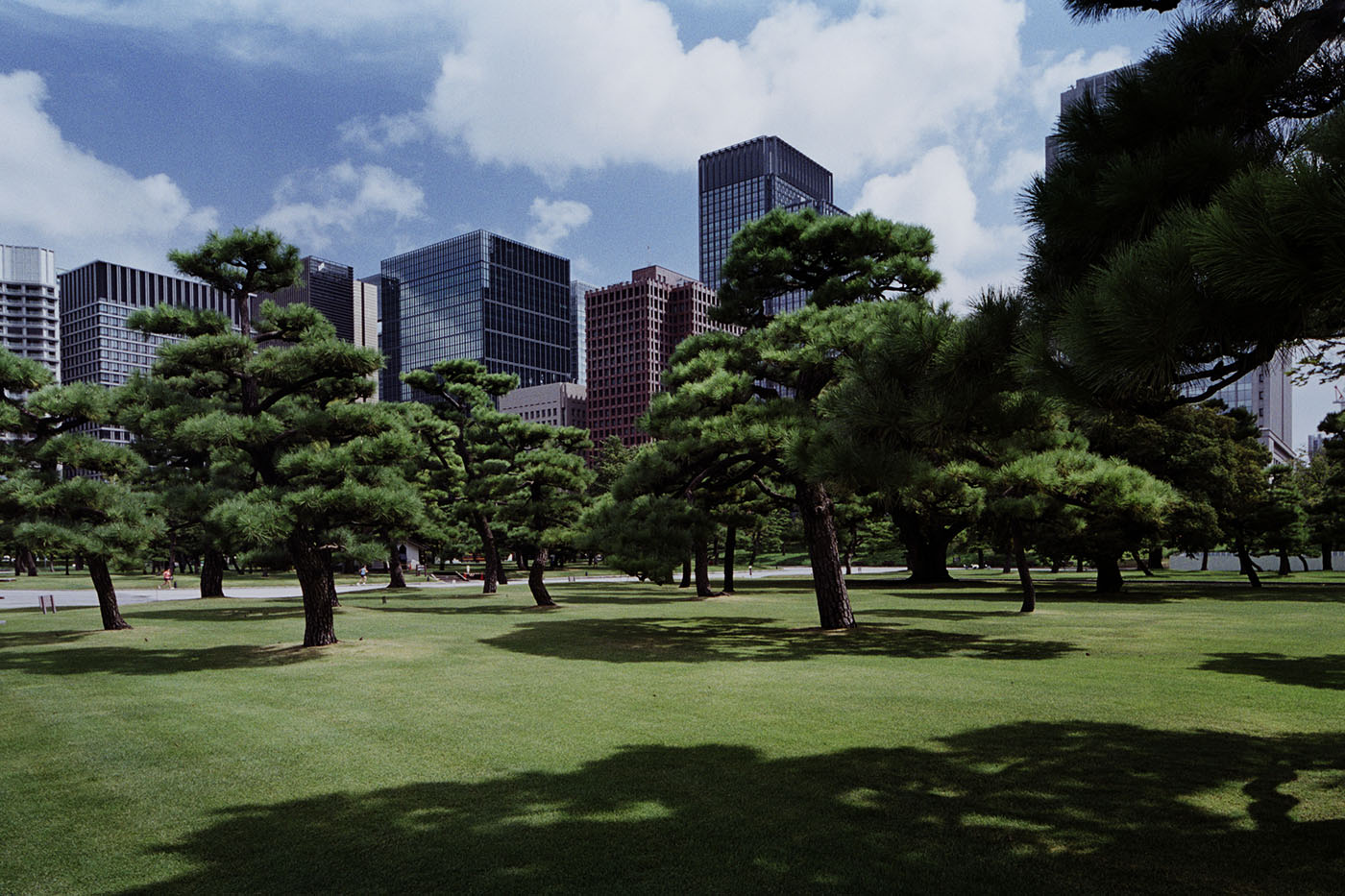
We are not allowed to enter the Imperial Palace, and I don't quite regard it as a garden, but what did you expect to see there?
Yamaguchi: The Kokyo Gaien is a flat area on the Tokyo Station side where pines are planted. Initially, the height of buildings in that area was regulated to be 100 shaku, or 31 meters, so people could not look into the Imperial Palace from the surrounding buildings. So the buildings in the area are all the same height. I went there to see if the sight of pine trees growing randomly in the middle of the buildings would be similar to the scenery we saw at Hama-rikyu, where buildings and pine trees were lined up. When we went, we found that the height of the buildings varied due to the new development, and in my mind, the tops of the surrounding buildings were lined up horizontally, but it turned out to be a little different.
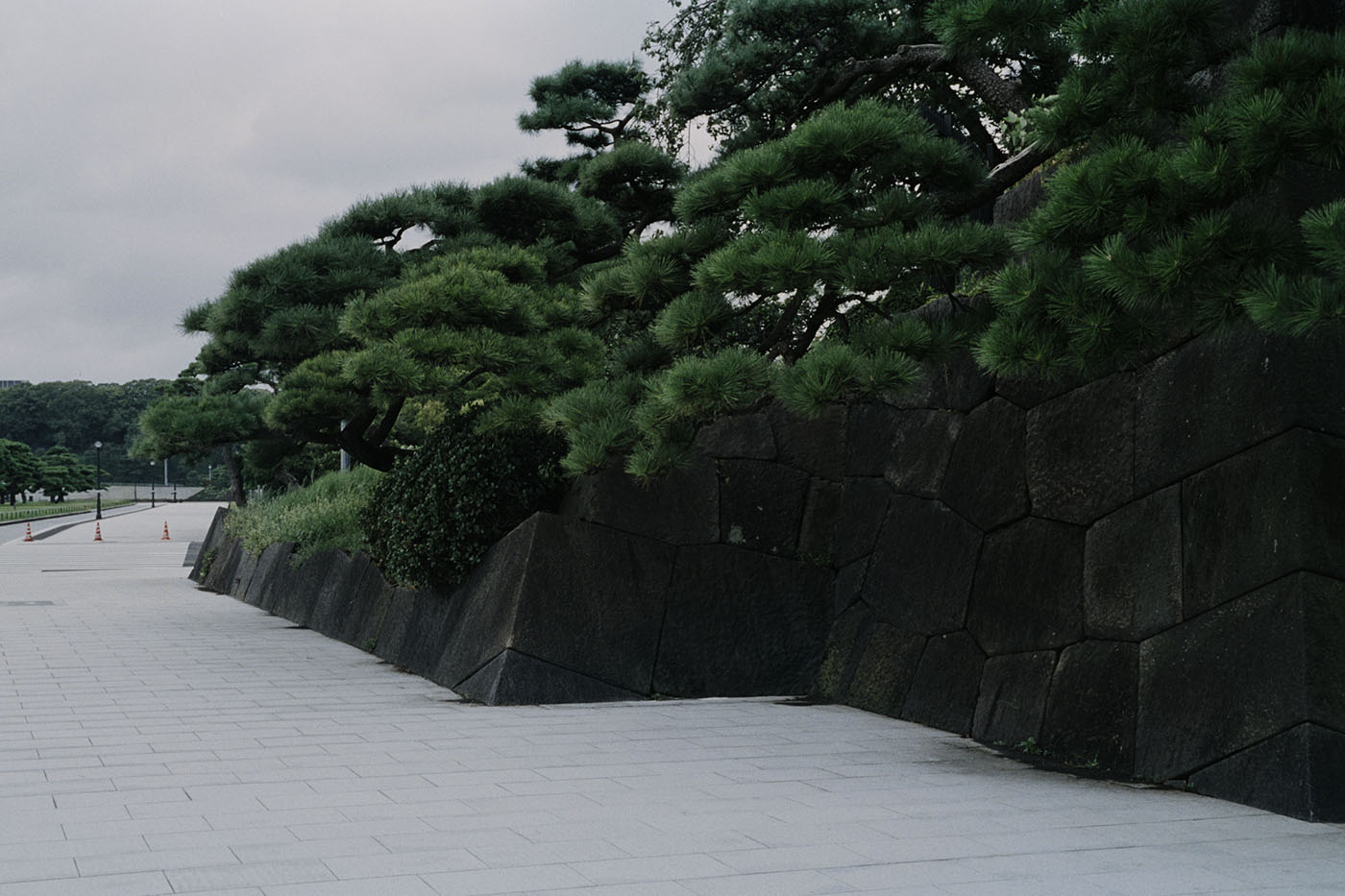
What you discovered there were the white cobblestones and black hedges. How did you find them?
Kumon: When walking around the Gaien, I was excited by the weather after the typhoon, with the clouds rushing, so I snapped a picture. The light was perfect. I also thought the buildings on the other side of the hedge were interesting, and the contrast of black and white was the best part. The combination of old stone and the recently laid clean stone, the mixture of straight lines and natural curves, and the diagonal depths were all fascinating to me. I always think that snapshots that you feel are intuitively cool would have many cool elements with little unnecessary things with them.
Yamaguchi: After we took the first picture of the pine tree, Mr. Kumon found this scenery as we were walking. This is the best picture. New, white stones milled into rectangles, and old, black stones with irregular shapes. The path and the sides of the stone wall are flat. Even though the materials used are the same, the processing is different, and I found it amazing how the contrast is created. This is the impact that I experienced at Korakuen, and it encapsulates the impression that I had when I saw it with my eyes. I thought it was even better in the photos. There was also a photo of a road, but I thought it was a little too descriptive for my taste. The right two-thirds of the picture is the new urban landscape, and the left one-third is the landscape that has been around since the Edo period, so they are neighboring, but there is too much other information on the photo, weakening the impression of the landscape.
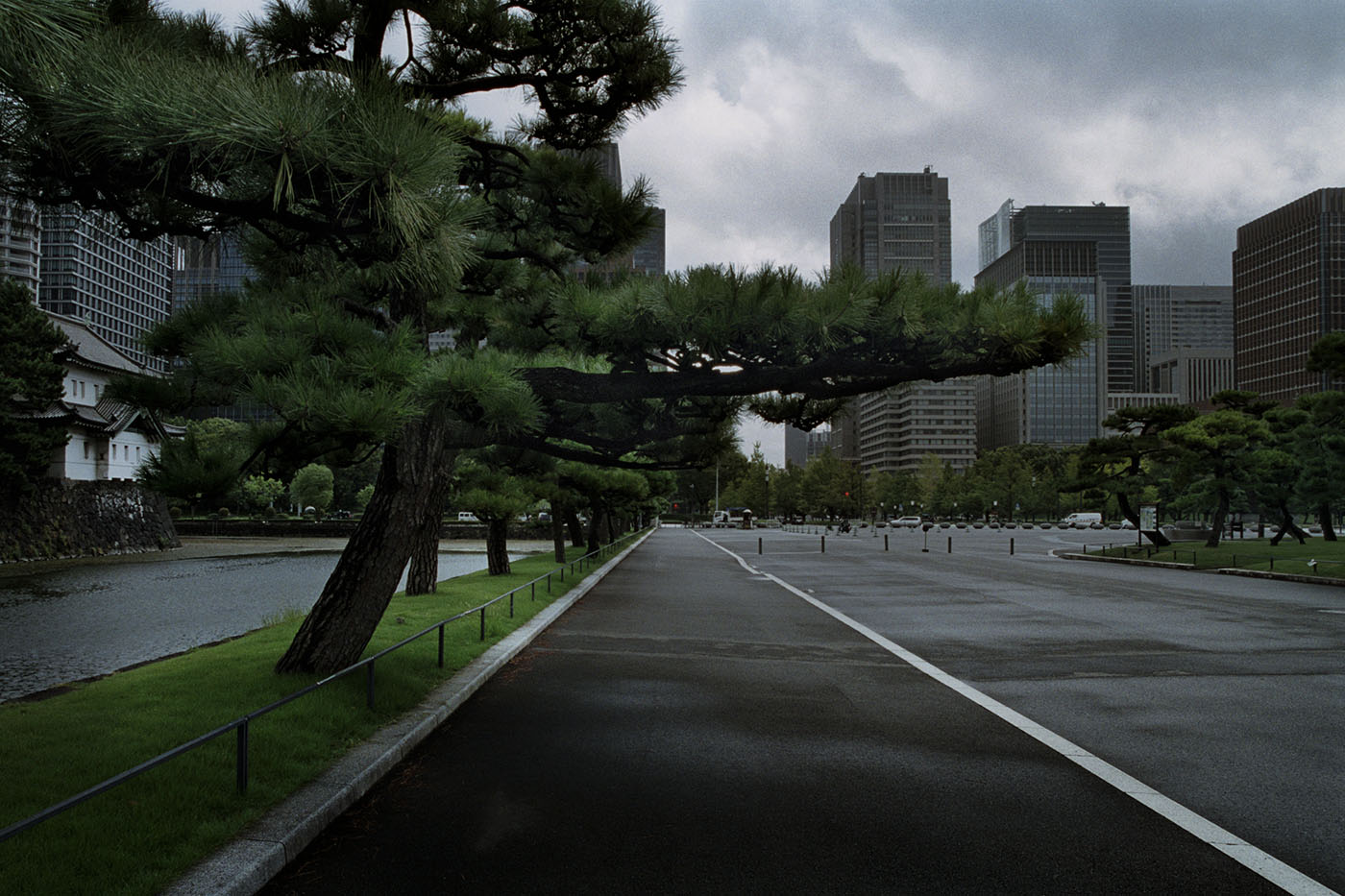
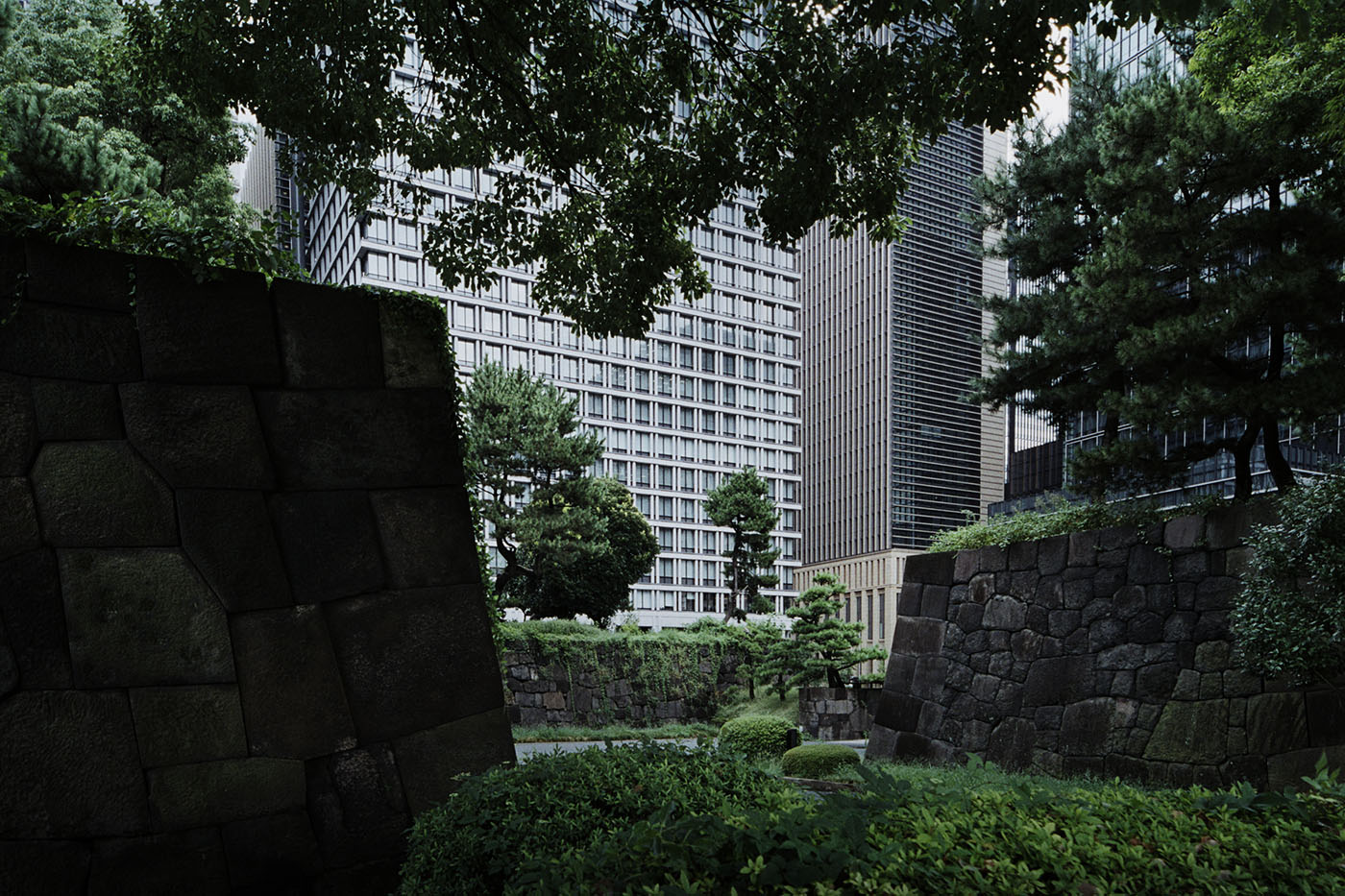
October 27, 2021
